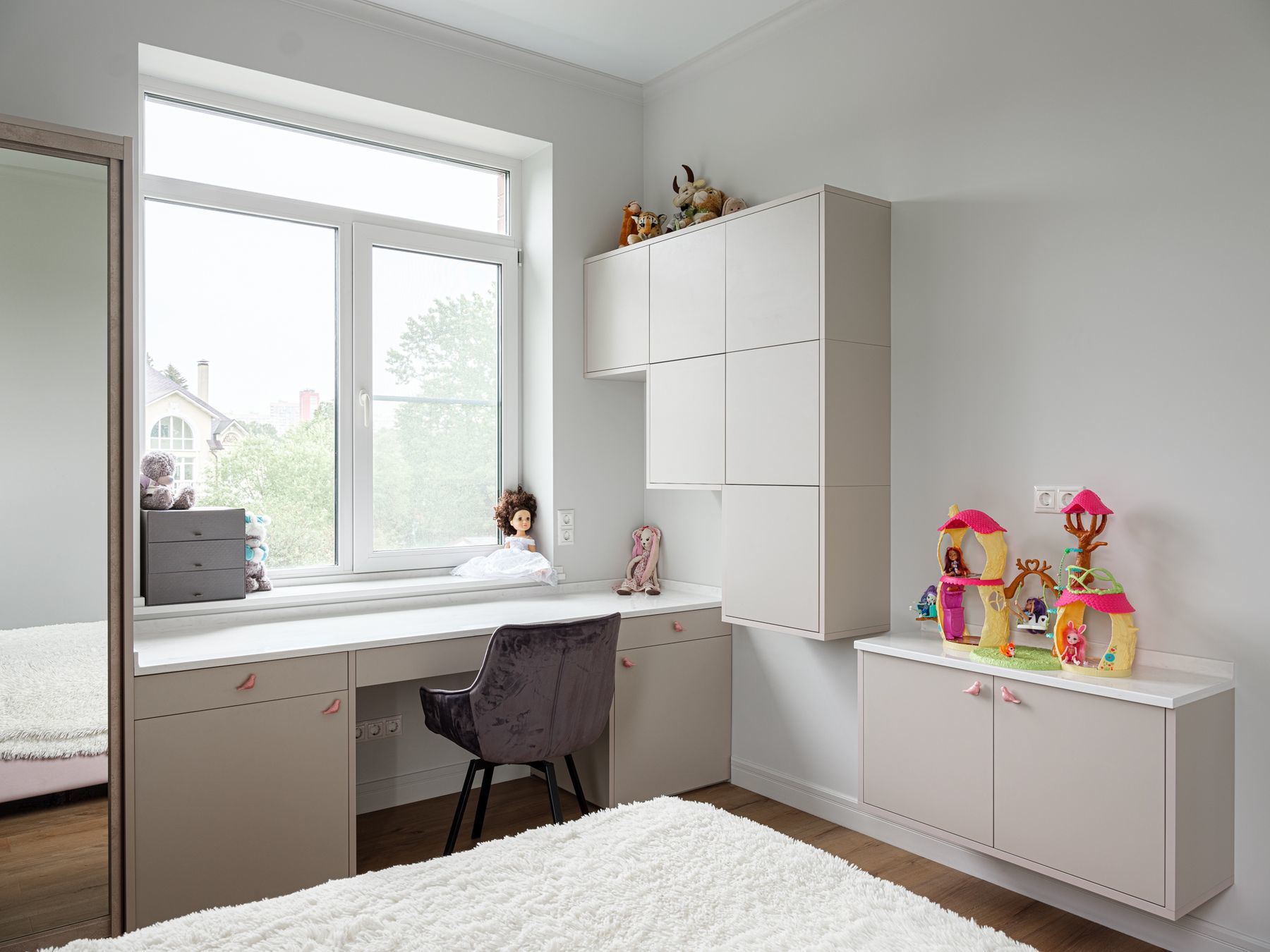
Mastering Culinary Spaces Design: Creating the Perfect Kitchen
Understanding the Importance of Functional Design
The crux of an effective culinary space lies in its functionality. As the heart of the home, a kitchen must be designed with utility in mind, facilitating easy movement between key areas such as the refrigerator, stove, and sink – often referred to as the kitchen work triangle. This arrangement minimizes effort and maximizes efficiency during food preparation, cooking, and cleaning.
Maximizing Space and Storage Solutions
No matter the size of your kitchen, optimizing space is essential. Clever storage solutions such as pull-out drawers, overhead cabinets, and built-in organizers can dramatically increase the usability of your kitchen. Making use of vertical space and integrating multipurpose features also contribute to a clutter-free and organized culinary environment.
Incorporating Durable Materials and Surfaces
Choosing the right materials for countertops, flooring, and cabinets is crucial for a kitchen that lasts. Durability should be a top consideration as kitchens are high-traffic areas prone to spills, heat, and scratches. Materials like quartz, granite, or stainless steel not only withstand wear and tear but also add a touch of elegance to the design.
Integrating Lighting and Ventilation
A well-lit kitchen is vital for safety and functionality. Task lighting should be focused on work areas, while ambient lighting can set the overall mood of the space. Effective ventilation is equally important to maintain air quality, remove odors, and control moisture levels. A combination of good lighting and ventilation creates a comfortable environment for both cooking and socializing.
Implementing Personal Style and Trends
While keeping utility in focus, the aesthetic aspect of kitchen design should reflect your personal taste and the latest trends. Whether you prefer a sleek contemporary look, a warm rustic feel, or a classic traditional design, your kitchen should resonate with your style preferences. Infusing color, textured finishes, and stylish fixtures can personalize the space to make it your own.
Conclusion
Mastering culinary space design is about striking the right balance between functionality, aesthetics, and personal taste. By considering the principles of efficient layout, implementing smart storage solutions, selecting durable materials, ensuring proper lighting and ventilation, and infusing your style, you can create a kitchen that is both beautiful and practical. Such a well-designed kitchen not only enhances cooking experiences but also becomes a space where memories are made, and joy is shared.